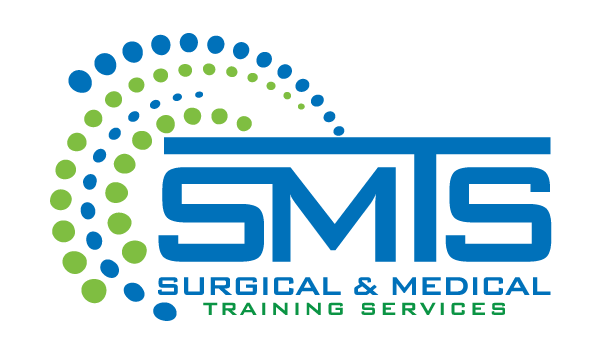One of the biggest pieces of news in the field of urogynecology has been the persistence of lawsuits related to transvaginal mesh. This type of medical device was first developed in the 1950s. It resembles fishing net, and was originally intended to act as a barrier for surgical patients. Transvaginal mesh treatments did not begin until sometime in the 1970s, when the netting material was deemed appropriate to support pelvic organs to stop prolapse, as well as stress urinary incontinence. At the height of use, it is estimated that more than 100,000 implantations were performed in the U.S. And then the problems began . . .
Fast Forward
Gynecologists, family physicians, and urogynecology specialists should be well aware of the problems attributed to the unremovable transvaginal mesh. To that end, we will fast forward in our discussion of alternatives to the controversial surgery.
If the issues at hand is stress urinary incontinence, science now has new ways to improve on old techniques for resolution. For years, women have been encouraged to strengthen the muscles of the pelvic floor using Kegel exercises. The problem with this approach has been largely overlooked. If not performed correctly, Kegel exercises may not achieve the desired outcome. For that reason, more physicians are obtaining training for biofeedback. Stress urinary incontinence may also be improved with the support of an appropriate sling, or even with innovative radiofrequency treatments that reinstate the proper laxity and elasticity to the vagina.
Women affected by pelvic organ prolapse also need an alternative to transvaginal mesh, and they are finding it with sacrocolpopexy. Many surgeons are now performing this gold-standard treatment using the Da Vinci robotic platform. The procedure restores the correct anatomical position to the vagina using safe, efficient technique.
Sacrocolpopexy may involve native tissue repair, which more patients today may find appealing due to the poor reputation of the standard transvaginal mesh. Biological grafts may also be used to augment the end result from this repair. Depending on the extent of POP, a biological graft may be a more suitable alternative to transvaginal mesh, simply due to the fact that autologous tissue may weaken more quickly than donor tissue.
SMTS – Surgical & Medical Training Services is dedicated to providing physicians and their teams with prime training facilities. To learn more about our courses and locations, call (888) 801-9444.
Image courtesy of marin at FreeDigitalPhotos.net


